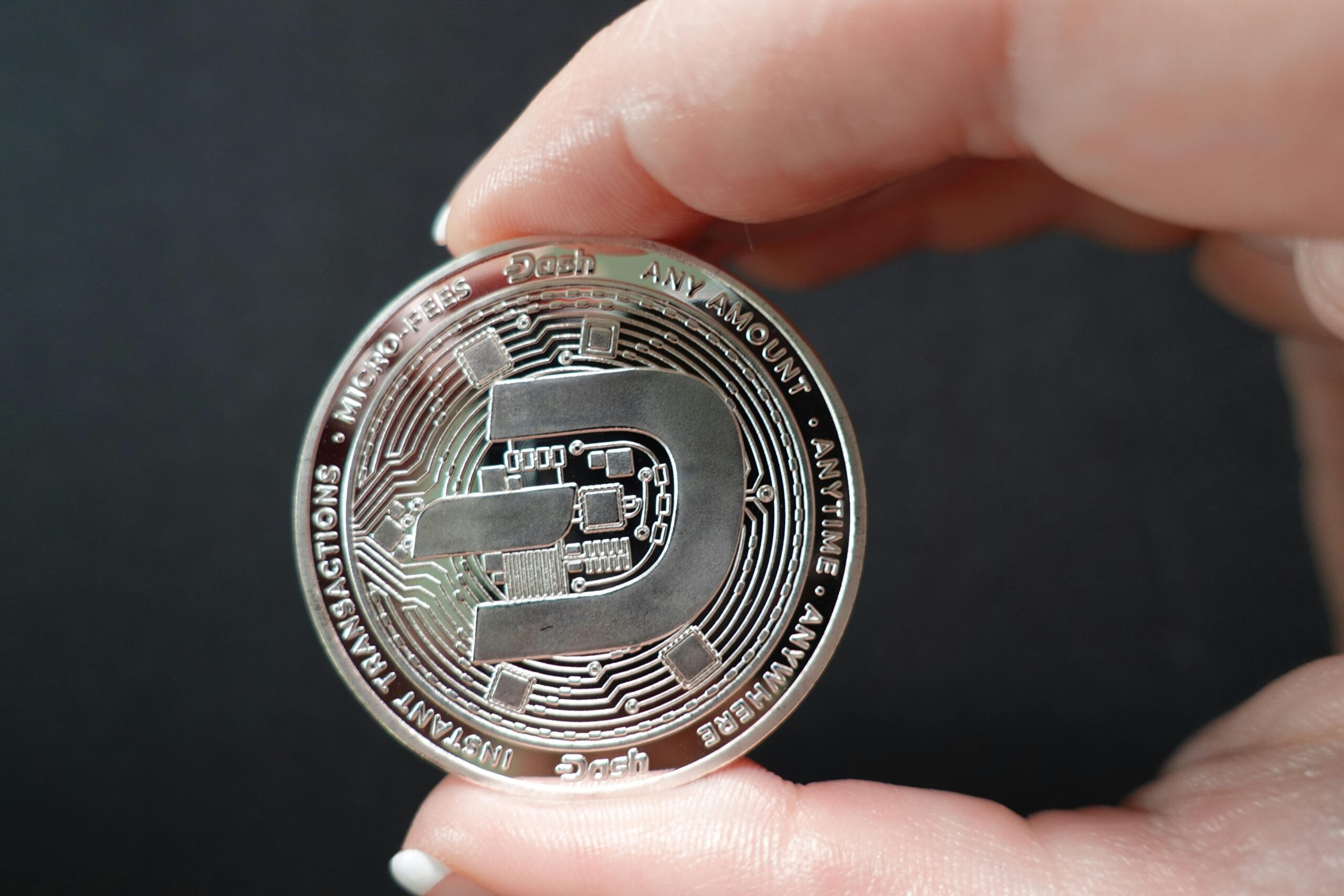The Impact of Blockchain on the Future of Retirement Planning
What is Blockchain?
Ah, blockchain—the buzzword that’s been swirling around tech circles like a mysterious superhero. But what is it exactly? In simple terms, blockchain is a decentralized digital ledger that records transactions across many computers in a way that the registered transactions cannot be altered retroactively. It’s like an incorruptible digital ledger of economic transactions that can be programmed to record not just financial transactions but virtually everything of value.
Importance of Retirement Planning
Retirement planning is something we all know we should be doing, yet it’s often pushed to the back burner. But here’s the kicker: the earlier you start, the better off you’ll be. It’s all about ensuring that you have enough funds to maintain your lifestyle once you hang up your work boots for good. Think of it as giving your future self a financial safety net.
How Blockchain Intersects with Retirement Planning
Now, you might be wondering, what does blockchain have to do with retirement planning? A lot, actually. Blockchain technology has the potential to revolutionize the way we save and invest for our golden years, bringing transparency, security, and efficiency to the process.
Understanding Blockchain Technology
Basic Concepts of Blockchain
At its core, blockchain is a chain of blocks, each containing data. This data is secured and linked using cryptography. Imagine a chain of blocks where each block contains a record of transactions, and every block is linked to the previous one, forming a chain. This structure ensures that once a block is added to the chain, it cannot be changed, making the data tamper-proof.

How Blockchain Works
When a new transaction is made, it is added to a block. This block is then broadcast to a network of computers (nodes) that validate the transaction. Once validated, the block is added to the chain, creating a permanent and transparent record. This decentralized approach eliminates the need for a central authority, making transactions more secure and efficient.
Key Features of Blockchain
- Decentralization: No single entity controls the blockchain, making it more secure.
- Transparency: All transactions are visible to anyone on the network.
- Immutability: Once a transaction is recorded, it cannot be altered or deleted.
- Security: Advanced cryptography protects the data.
Traditional Retirement Planning: An Overview
Current Methods of Retirement Planning
Retirement planning traditionally involves a mix of savings accounts, pensions, investment portfolios, and retirement plans like 401(k)s and IRAs. Financial advisors often play a crucial role in guiding individuals through the maze of options and strategies.
Challenges in Traditional Retirement Planning
Despite the available tools, traditional retirement planning is fraught with challenges. High fees, lack of transparency, and susceptibility to fraud are just a few of the issues. Additionally, the complexity of managing multiple accounts and investments can be overwhelming for many.
Blockchain’s Potential in Retirement Planning
Transparency and Security
Blockchain’s transparency ensures that all transactions are visible and verifiable by anyone on the network. This visibility reduces the risk of fraud and errors, providing a more secure environment for retirement funds.
Decentralization and Reduced Costs
By eliminating the need for intermediaries, blockchain can significantly reduce the costs associated with retirement planning. No more hefty fees to financial advisors and institutions—just direct, peer-to-peer transactions.
Smart Contracts in Retirement Planning
Smart contracts are self-executing contracts with the terms directly written into code. They automatically enforce and execute the terms of an agreement when certain conditions are met. In retirement planning, smart contracts can automate contributions, withdrawals, and payouts, ensuring timely and accurate transactions.
Benefits of Blockchain for Retirement Planning
Enhanced Security and Fraud Prevention
With its immutable ledger and cryptographic security, blockchain drastically reduces the risk of fraud. Each transaction is recorded and cannot be altered, ensuring the integrity of retirement funds.

Lower Costs and Fees
Blockchain eliminates the need for intermediaries, cutting down on administrative and transaction fees. This means more of your money goes towards your retirement rather than into someone else’s pocket.
Increased Transparency and Trust
The transparent nature of blockchain builds trust among users. You can see every transaction and track where your money is going, making the entire process more trustworthy.
Case Studies and Real-World Applications
Successful Implementations of Blockchain in Finance
Blockchain is already making waves in the financial sector. Companies like IBM and JP Morgan are utilizing blockchain for various applications, from cross-border payments to asset management.
Examples of Blockchain in Retirement Planning
Several startups are exploring blockchain’s potential in retirement planning. For instance, companies like Akropolis and PensionBee are developing blockchain-based platforms to streamline and secure retirement savings.
Challenges and Risks of Implementing Blockchain
Regulatory Hurdles
One of the biggest challenges facing blockchain adoption is regulation. Governments around the world are still grappling with how to regulate this new technology, which can slow down its implementation in retirement planning.
Technological and Security Concerns
While blockchain is secure, it’s not entirely immune to cyber threats. Hacking and security breaches remain a concern, highlighting the need for robust security measures.
Adoption and Integration Issues
Integrating blockchain into existing retirement planning systems can be complex and costly. It requires a shift in infrastructure and mindset, which can be a significant barrier to adoption.
Future Trends in Blockchain and Retirement Planning
Emerging Technologies Complementing Blockchain
Technologies like artificial intelligence (AI) and the Internet of Things (IoT) are poised to complement blockchain, enhancing its capabilities and applications in retirement planning.
Predictions for the Future
As blockchain technology continues to evolve, its adoption in retirement planning is expected to grow. We can anticipate more secure, efficient, and transparent retirement planning processes, ultimately benefiting retirees.
Conclusion
Blockchain technology holds immense potential to transform retirement planning. Its transparency, security, and efficiency can address many of the challenges faced by traditional retirement planning methods. While there are hurdles to overcome, the future looks promising as more organizations and individuals recognize the benefits of integrating blockchain into their retirement strategies.

FAQs
What is Blockchain? Blockchain is a decentralized digital ledger that records transactions across multiple computers securely and transparently.
How can Blockchain improve retirement planning? Blockchain can enhance retirement planning by providing greater transparency, reducing costs, and increasing security through immutable records and smart contracts.
Are there any risks associated with Blockchain in retirement planning? Yes, there are risks, including regulatory hurdles, technological challenges, and security concerns.
What are smart contracts? Smart contracts are self-executing contracts with the terms directly written into code, automatically enforcing and executing the terms when conditions are met.
How soon will Blockchain be widely adopted in retirement planning? While adoption is growing, widespread use will depend on overcoming regulatory, technological, and integration challenges.


